Ever feel like you’re not entirely… you? Like maybe there’s a little extra something riding shotgun in your body that you didn’t exactly sign up for? Well, plot twist: science says you might actually be carrying DNA from your mom, your kids, or even a long-lost twin you never knew existed. Yep, your body is basically a haunted house, but instead of ghosts in the attic, it’s genetic stowaways in your organs.
These fragments of family past don’t just sit there quietly, either—they show up in your brain, your liver, even your lungs, possibly helping out or causing drama (classic relatives). So if you’ve ever blamed brain fog on “mom brain” or joked about your kid being stuck in your head, turns out you weren’t entirely wrong. Let’s dive into 14 bizarre ways your dead—or living—relatives might still be hanging out inside you. Ready to meet your microscopic plus-ones?
1. Your Brain Might Be Hosting Your Son’s DNA
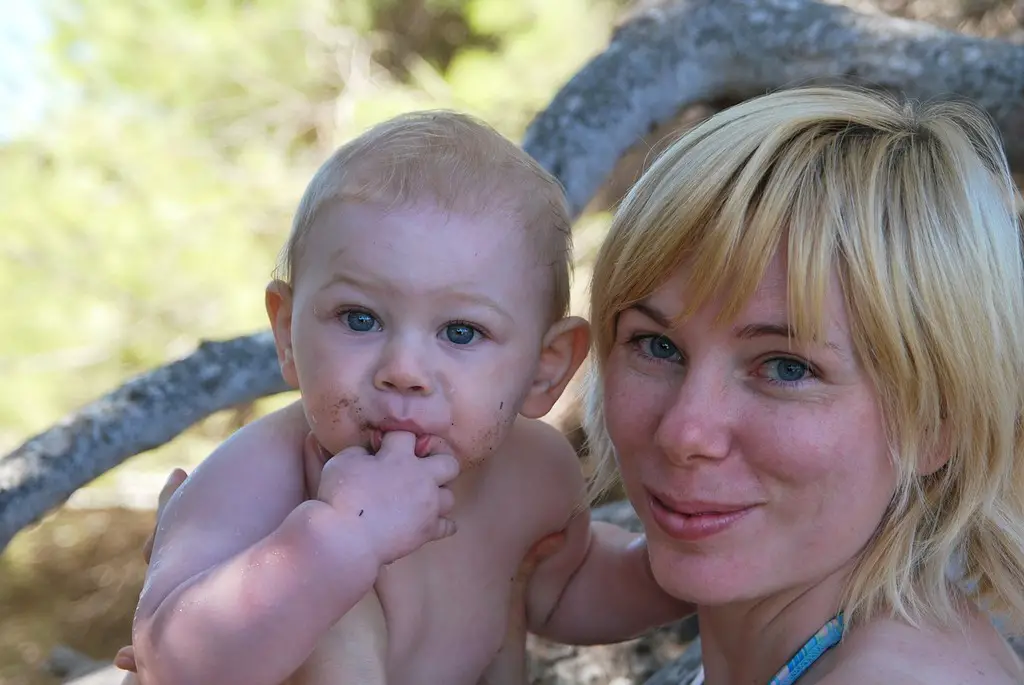
Imagine your brain as a cozy Airbnb for your child’s cells. Researchers at the Fred Hutchinson Cancer Research Center discovered that male DNA can be found in the brains of women who have given birth to sons. This phenomenon, known as microchimerism, suggests that fetal cells can cross the blood-brain barrier and integrate into the mother’s brain tissue. In fact, male DNA was detected in 63% of the women studied, some of whom had died at the age of 94. The implications of this are still being explored, but it’s a wild thought that your child’s cells could be part of your brain’s makeup.
This discovery opens up questions about the role these cells might play in neurological health and disease. Could they be protective, harmful, or neutral? The research is ongoing, but it certainly adds a new layer to the mother-child connection. So, next time you forget where you put your keys, maybe it’s your son’s cells playing hide and seek. This discovery could reframe how we think about motherhood—not just as a life-giving relationship, but as a permanent biological entanglement. It’s one thing to say your kid is always on your mind; it’s another when that might literally be true.
2. Vanishing Twin Syndrome: The Ultimate Sibling Takeover
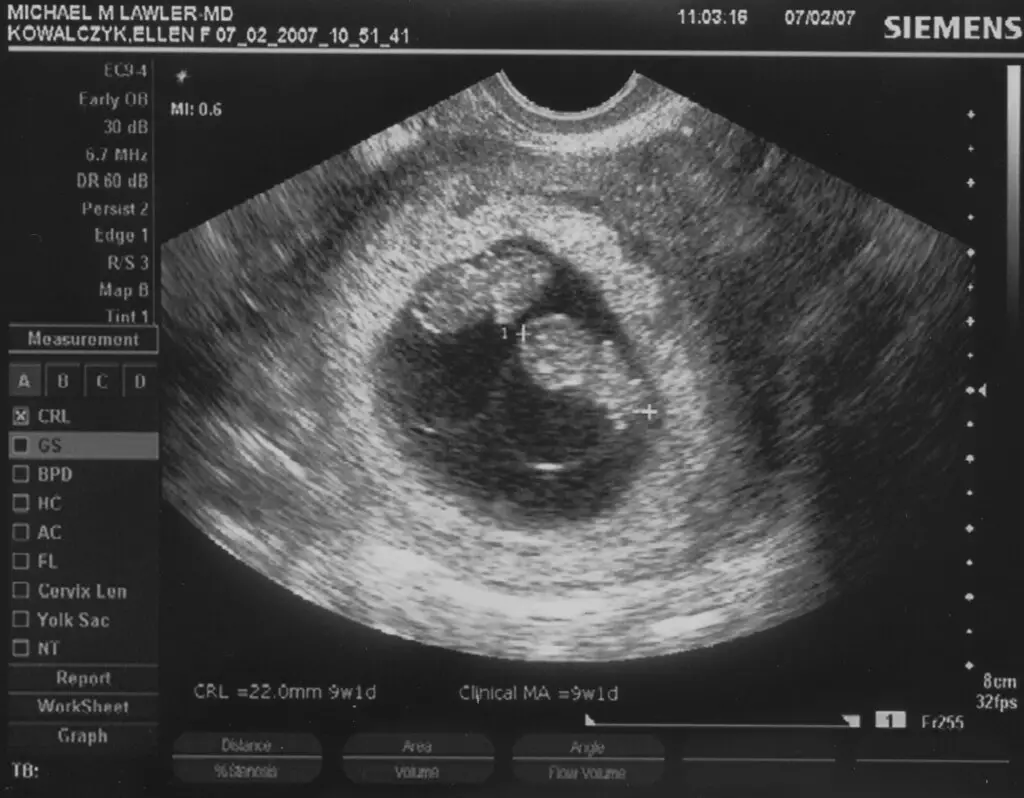
Ever heard of vanishing twin syndrome? It’s when one twin absorbs the other in the womb, leading to a single baby being born with two sets of DNA. This phenomenon can result in a person having different genetic profiles in different parts of their body. For example, a woman named Karen Keegan discovered she was a chimera when DNA tests showed she wasn’t the biological mother of her own children. Further testing revealed she had two distinct sets of DNA, likely due to absorbing her twin in utero.
This condition can have significant implications, especially in medical scenarios like organ transplants or forensic investigations. It’s a reminder that our genetic makeup can be more complex than we realize. So, if you’ve ever felt like there’s another version of you lurking beneath the surface, you might not be entirely wrong. And nope, this isn’t just sci-fi fodder—Scientific American has profiled multiple real-life human chimeras who unknowingly lived with dual DNA for years. Imagine doing a 23andMe test and finding out you’re two people. Plot twist: You are.
3. Your Mom’s DNA Might Be Lurking in Your Body

Microchimerism isn’t just a one-way street from child to mother; it can go the other way too. Studies have shown that maternal cells can be found in their children’s bodies, sometimes persisting for decades. This maternal microchimerism means you could be carrying a small number of your mother’s cells in various tissues, including your blood and organs.
The presence of these cells might influence your immune system and could play a role in autoimmune diseases. It’s a fascinating area of research that highlights the deep biological connections between mothers and their children. So, even if you’ve moved out and started your own life, a part of your mom might still be with you—literally. According to Science, maternal microchimerism might be more than a leftover from the womb—it could actively shape your health, immunity, and even susceptibility to certain conditions. It’s like mom’s still hovering, just at a cellular level. Classic mom move.
4. DNA Testing from the Grave: Unlocking Ancestral Secrets
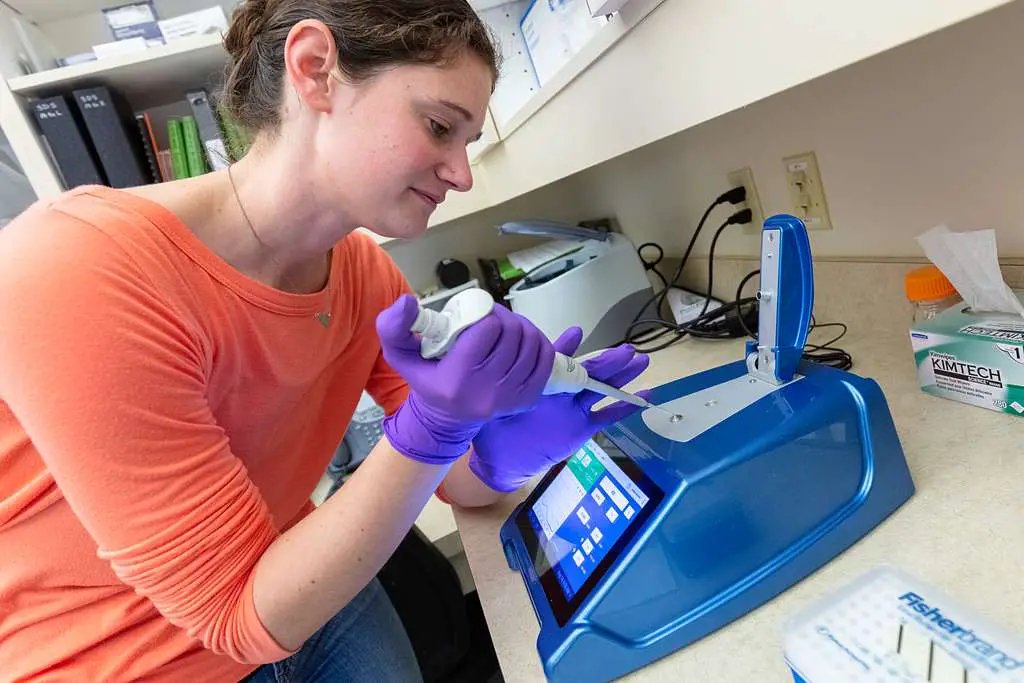
Think DNA testing is only for the living? Think again. Advancements in forensic science have made it possible to extract DNA from deceased individuals, even from samples that are decades old. This has been instrumental in solving cold cases and identifying unknown remains. For instance, the DNA Doe Project has successfully identified individuals by analyzing degraded DNA samples and matching them with living relatives.
These breakthroughs not only provide closure to families but also demonstrate the incredible resilience of DNA. So, if you’ve got a mysterious family history or an old hairbrush from a great-grandparent, science might just help you uncover long-lost secrets. Even a single strand of hair or scrap of bone can be enough to build a whole identity profile. As Your DNA Guide explains, postmortem DNA testing has become a powerful tool in genealogy and criminal investigations—sometimes even resolving paternity questions from beyond the grave. So yeah, Grandma might still be spilling tea, one nucleotide at a time.
5. Fetal Cells: The Body’s Natural Repair Team?
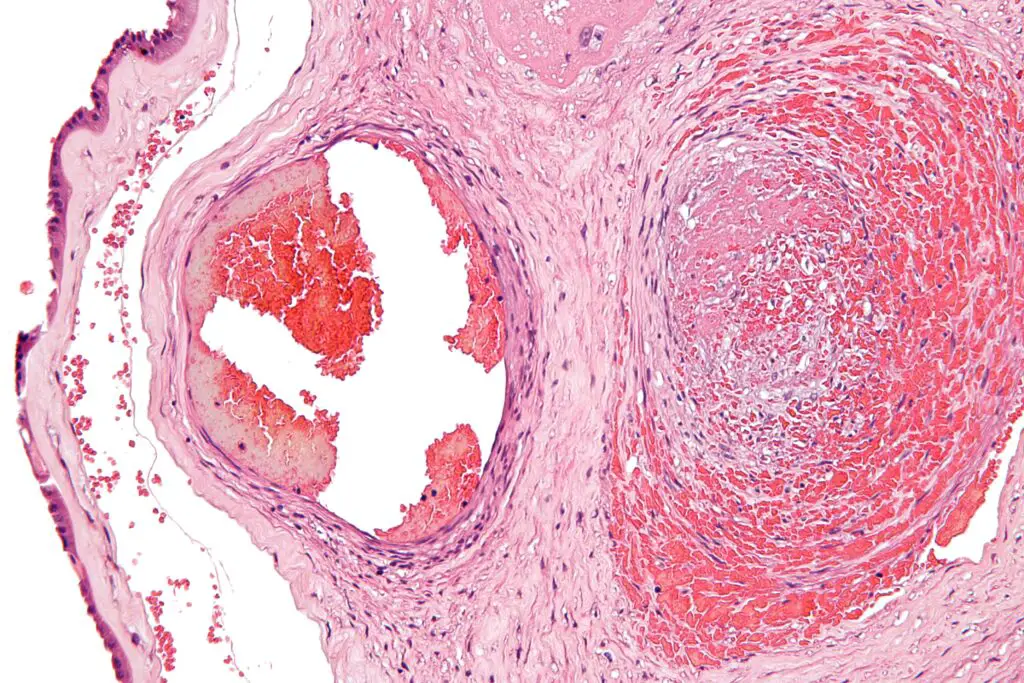
Fetal cells that enter a mother’s body during pregnancy might do more than just linger—they could help repair damaged tissues. Research suggests that these cells can differentiate into various cell types and integrate into maternal organs, potentially aiding in healing processes. For example, fetal cells have been found in cesarean section scars, indicating they might play a role in wound healing.
This phenomenon opens up exciting possibilities for regenerative medicine and our understanding of how the body heals itself. It’s a reminder that the bond between mother and child is not just emotional but also deeply biological, with potential benefits that extend beyond pregnancy. It’s like your baby becomes a tiny doctor-on-call inside you—forever. According to PubMed Central, these fetal cells have been found in the liver, lungs, and even hearts of mothers, suggesting they’re not just freeloading—they might actually be saving lives. So if you’re feeling extra resilient post-baby, thank the miniature repair crew riding shotgun in your veins.
6. Your Liver Might Be a Cellular Timeshare
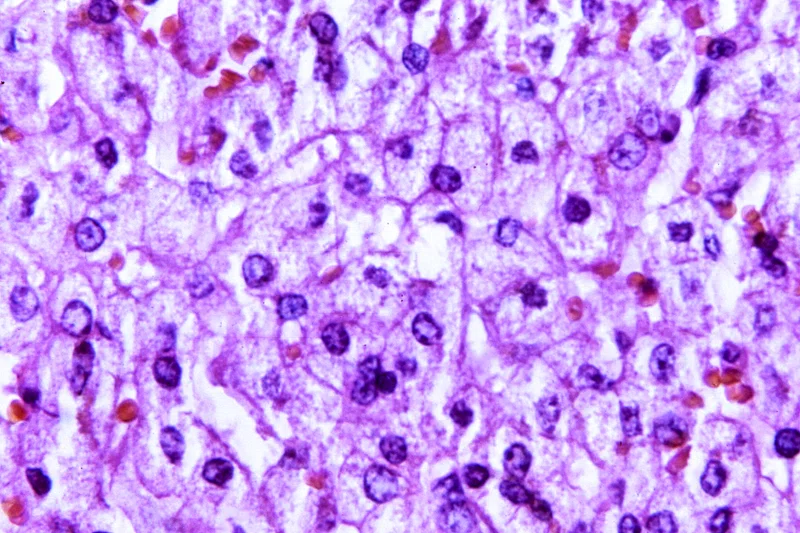
Your liver could be housing cells from multiple people—and no, this isn’t a sci-fi pitch. When fetal cells from pregnancy sneak into the mother’s liver, they can sometimes take root and stay for decades. These cells don’t just hang out—they might actually turn into liver cells and start doing liver-y things, like detoxifying. It’s like your baby loaned you some staff to help with housework.
Even more bizarre, these cells sometimes show up in liver biopsies and are mistaken for abnormalities. But surprise—they’re just DNA stowaways with a maternal loyalty card. This might explain why some moms recover faster from liver damage than others. It’s not super common, but it’s real enough to make you wonder what else is tagging along in your internal organs. So yes, while you were giving life, your baby may have been setting up shop in your liver like a secret roommate. Family bonding just got real… cellular.
7. Spleen Surprise: You Might Be a Genetic Patchwork
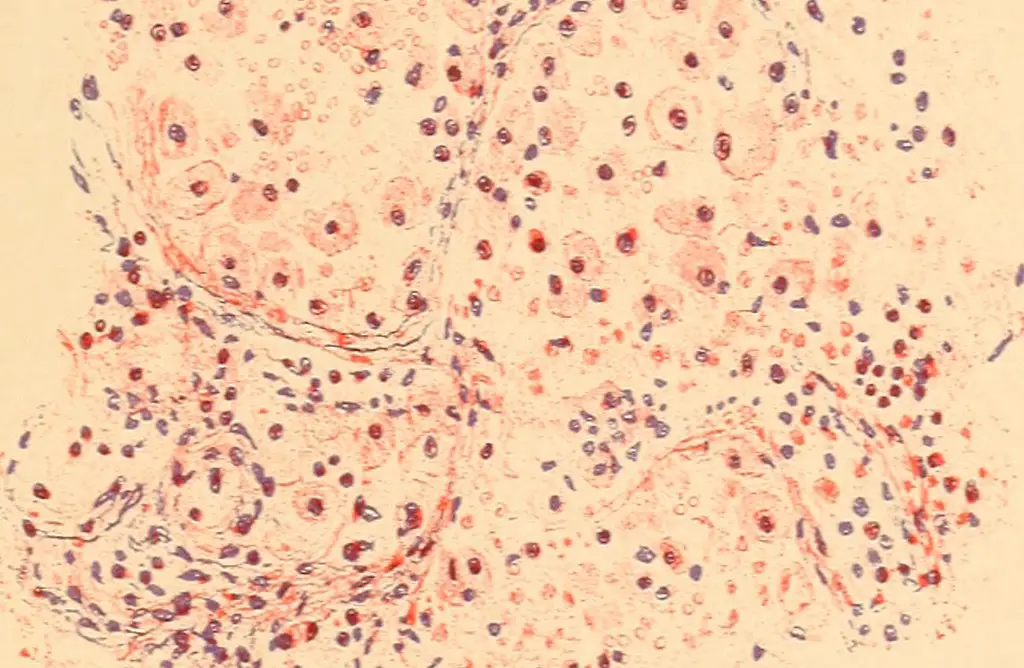
Your spleen is already the underrated emo kid of your immune system, but it gets weirder. Microchimeric cells have been found nesting in spleens, especially in women who’ve had children. These foreign cells aren’t like spies—they’re more like helpful cousins crashing on your couch. They participate in immune responses, sometimes helping your body detect invaders.
But here’s the rub: they might also accidentally trigger autoimmune flare-ups. Why? Because your immune system occasionally forgets whose side it’s on. It’s like your spleen throws a party, invites everyone over, and can’t remember who belongs there. That’s the tricky part of having DNA from more than one person—your body’s boundaries get fuzzy. Still, it makes for a juicy biological twist: you might be your own blend of immune chaos and collaborative teamwork. Who needs a therapist when your spleen is already juggling multiple identities?
8. Breast Tissue Can Harbor Children’s DNA
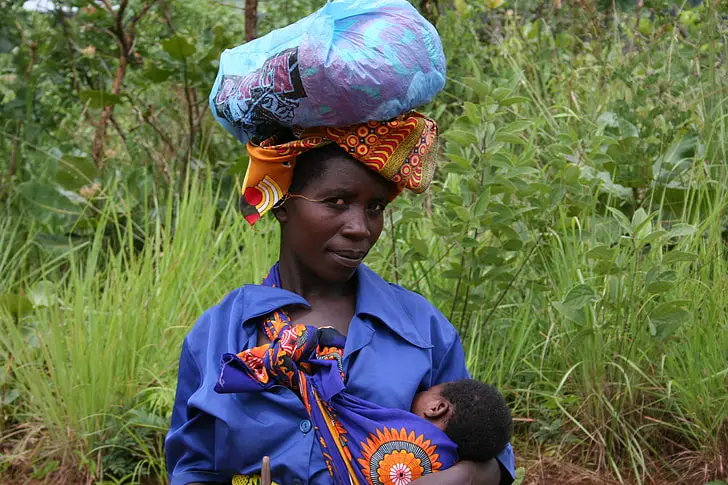
If you’ve breastfed, your boobs are not just a snack bar—they’re also a DNA archive. Scientists have discovered that children’s cells can integrate into breast tissue and hang around like sentimental clutter. It’s not just about milk ducts; these cells can embed themselves deeply and stick around for years.
Some researchers think this might help explain certain differences in breast cancer risk between women who’ve had children and those who haven’t. Because yeah, fetal cells may influence tissue behavior—for better or worse. Your boobs basically became roommates with your kids’ DNA and didn’t kick them out. It’s like the world’s weirdest version of “forever in my heart,” but anatomical. Who knew breastfeeding involved a literal transfer of life that goes both ways? The body never stops being full of weird flexes, and this one’s a doozy.
9. Bone Marrow May Have Ghost DNA
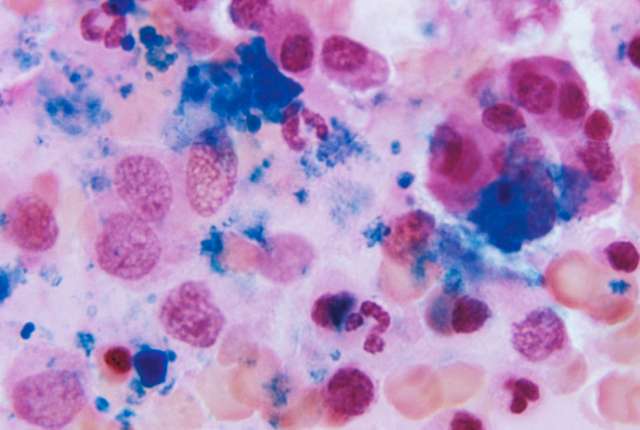
Your bone marrow is the body’s blood-making factory, but sometimes the employees have mixed résumés. Chimerism has been spotted in bone marrow samples, especially after pregnancies or organ transplants. In some cases, people have multiple DNA signatures in their marrow, quietly pumping out different genetic profiles into the bloodstream.
Most folks never notice it because, well, it doesn’t usually cause drama. But it can confuse doctors during genetic tests or throw forensic labs into chaos. Imagine someone commits a crime and the blood left at the scene doesn’t match their cheek swab. Surprise: their bone marrow’s got a secret identity. So the next time you feel like a walking contradiction, it might not be your personality—it might be your marrow. Dual citizenship in your own skeleton? Iconic.
10. Your Thyroid Might Be Hosting a DNA Sleepover
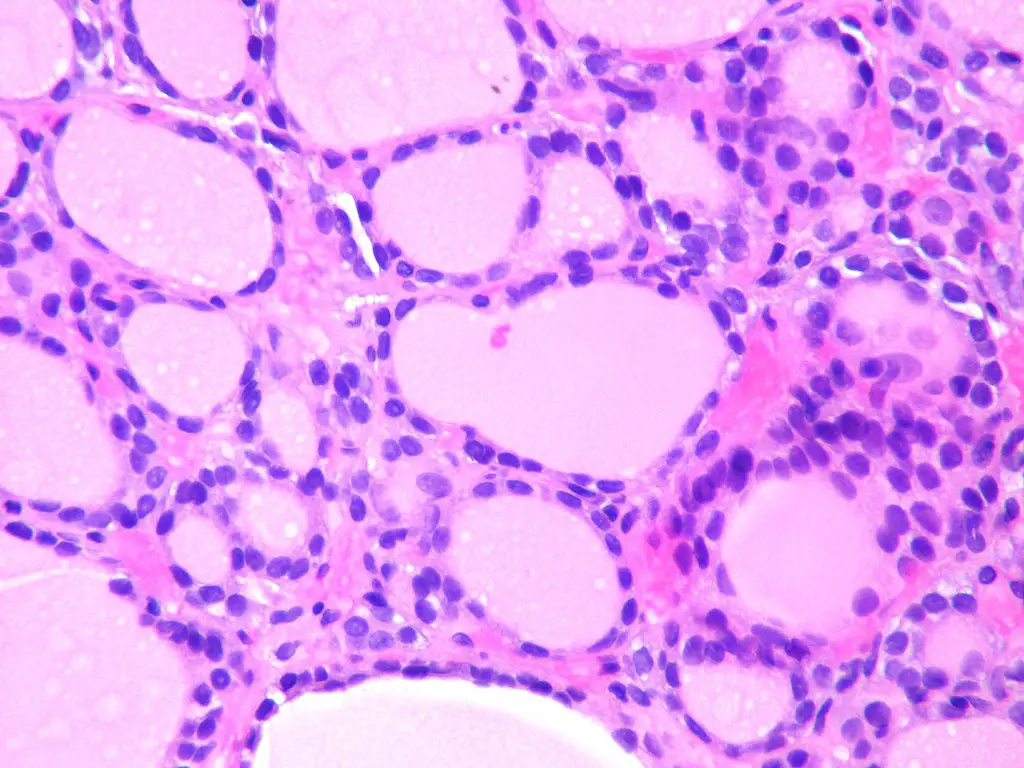
Your thyroid is usually all business—metabolism, hormones, the works. But in people who’ve been pregnant, it may also host fetal cells in its tissue. These cells can quietly lodge there and do who-knows-what for years. Some think they might help with thyroid repair, while others believe they could stir up trouble, like autoimmune conditions.
It’s kind of like inviting your kid’s friend over and then realizing they’ve moved into your guest room permanently. What’s wild is how specific these cells get—they don’t just float aimlessly, they migrate with intention. They find thyroid tissue, blend in, and sometimes even express thyroid-specific genes. Yeah, they show up and start working. Freelancers with no paperwork. So if your thyroid’s acting up, just remember: it might not even be your DNA doing the work.
11. You Might Have Male Cells in Places You Didn’t Expect

For women who’ve had sons, male DNA has been found in some pretty unexpected places—like their hearts, lungs, and even kidneys. And no, this isn’t some romantic metaphor about carrying your son with you. These are actual cells with Y chromosomes chilling in organs that have nothing to do with reproduction.
It’s unclear exactly what they’re doing there, but in some cases, they seem to help with tissue repair. In others, they might irritate the immune system like an uninvited plus-one. Either way, it’s an unexpected plot twist in the biological parenthood saga. Your body didn’t just grow another human—it may have kept bits of him forever. And they didn’t even ask for rent. Honestly, the audacity.
12. Fetal Cells Found in Lungs Might Be Repair Ninjas
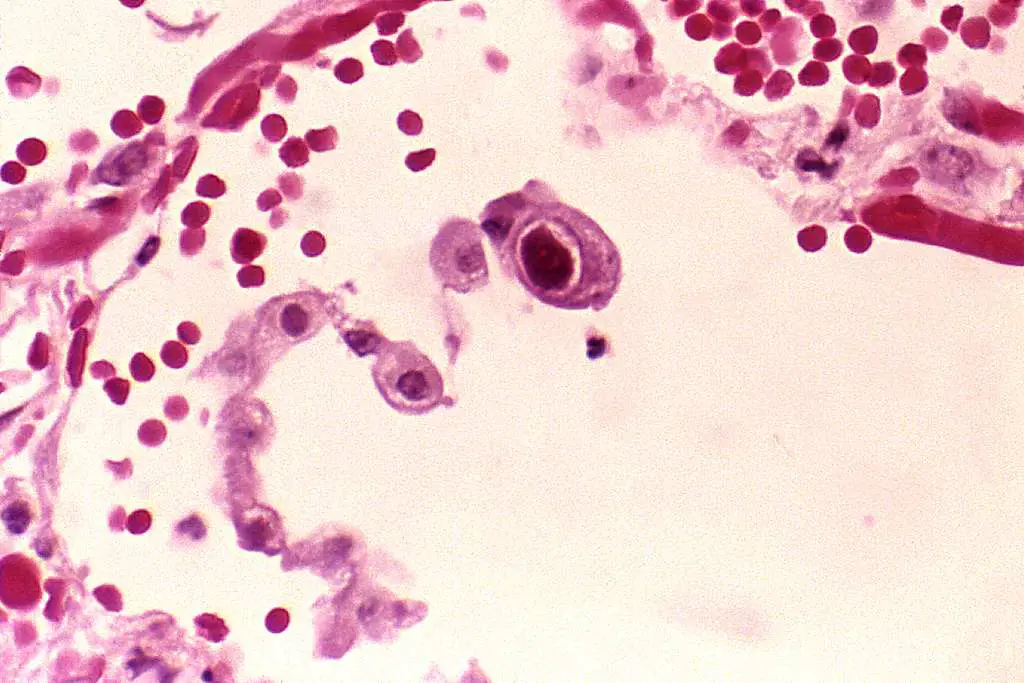
Pregnancy changes your body in a thousand ways, but this one might be the sneakiest: your lungs could contain cells from your child. These microchimeric cells can slip into lung tissue and potentially help heal injuries or reduce inflammation. Like little repair ninjas with your baby’s DNA.
Scientists think they’re drawn to areas of inflammation, where they integrate and get to work. It’s sweet and eerie at the same time—your body keeps a part of your child close, just in case something goes wrong. These cells might even protect against respiratory disease in some cases. So while you’re out here blaming allergies for your sniffles, your lungs might be getting patch jobs from Junior. Parenthood doesn’t stop at the womb, apparently—it just goes cellular.
13. You Could Be a Genetic Mosaic Without Knowing It
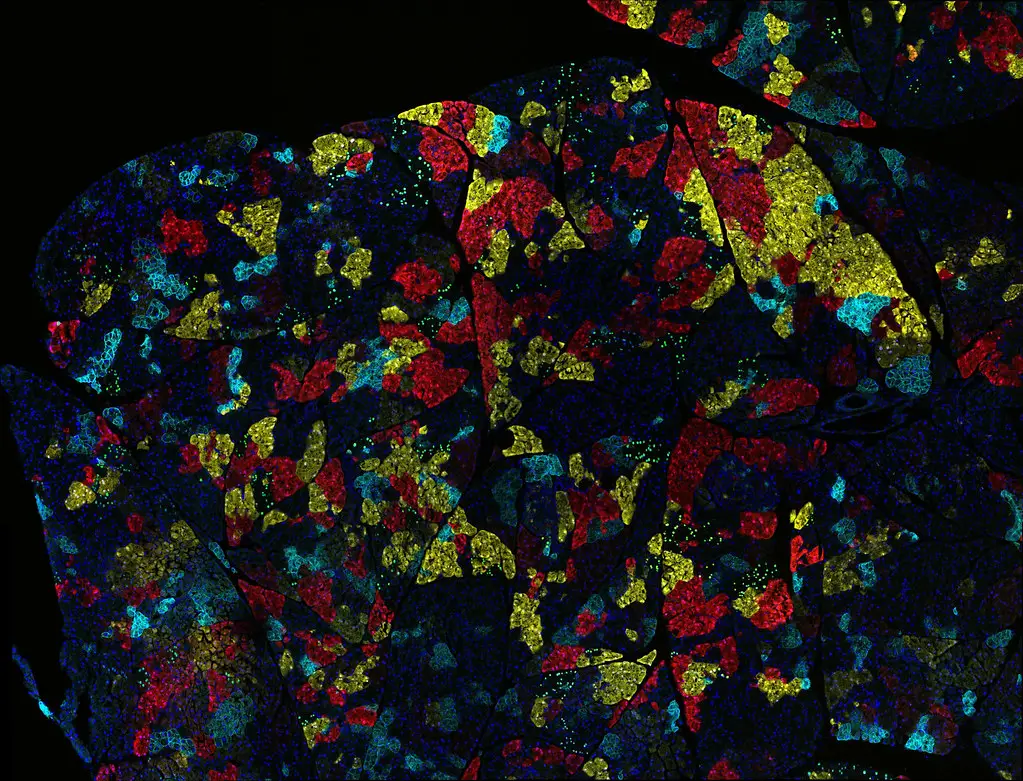
You ever feel like you’re not the same person from head to toe? Well, genetically speaking, you might be right. Some people are what’s known as genetic mosaics—meaning different parts of their body have different DNA. This isn’t a rare comic book mutation; it can happen naturally through microchimerism or even errors in early embryonic development.
Your skin might have one DNA signature, your blood another, and your organs yet another. The result? A person who is technically more than one genetic individual rolled into one body. Most of the time, this doesn’t affect your health. But it can throw a wrench into medical tests, family trees, and crime scenes. Your body, it turns out, might be more of a patchwork quilt than a single-threaded story. Welcome to the remix.
14. Your Immune System Might Be Playing a Family Reunion Game

Your immune system is like your body’s bouncer, always checking ID at the door. But if you’ve got foreign DNA from kids, moms, or long-gone twins, the bouncer might start getting confused. Some of these lingering cells are genetically close enough to avoid getting kicked out. Others might get flagged and trigger autoimmune chaos.
This constant surveillance creates a weird balance between tolerance and attack. It’s like your immune system can’t decide whether to hug these cells or throw hands. This is one reason scientists are looking at microchimerism as a possible cause in diseases like lupus and rheumatoid arthritis. So, if you’ve got mysterious health stuff going on, it might be your immune system hosting a very dysfunctional family reunion. Who brought the drama? Your unborn kid’s DNA. Classic.
